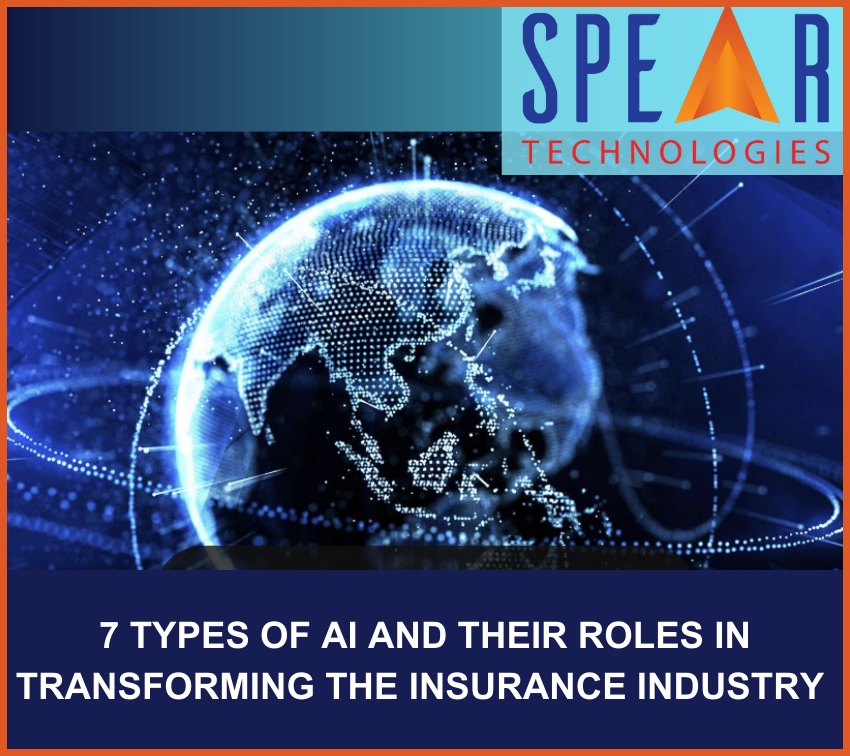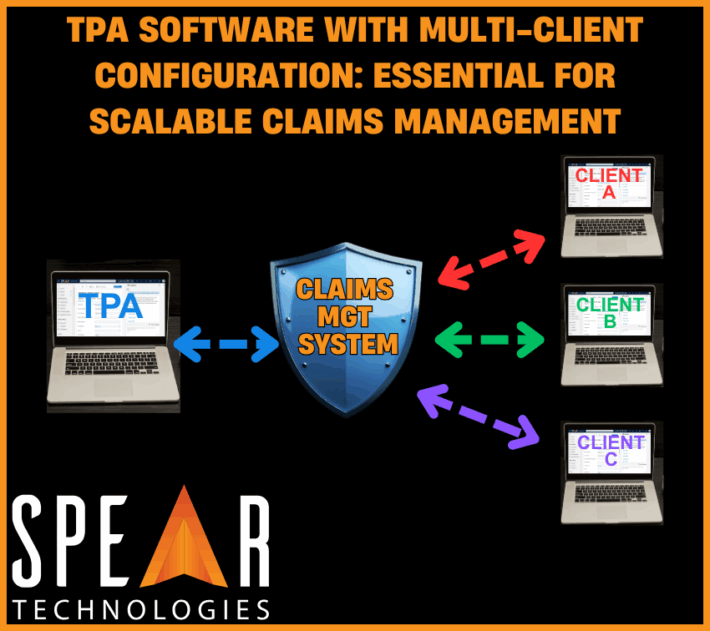7 Types of AI and Their Roles in Transforming the Insurance Industry

The insurance industry is undergoing a digital transformation, with Artificial Intelligence (AI) playing a pivotal role across various areas—from customer service and underwriting to claims processing and fraud detection. However, the term “AI” is increasingly used loosely, with many innovations inaccurately attributed to it. So, how do we distinguish real AI applications from exaggerated claims? This article highlights seven legitimate AI models and their practical applications. Each type offers unique advantages, and together they create a cohesive ecosystem that improves efficiency, reduces costs, and enhances the customer experience. Let’s explore these major AI types and their roles in transforming insurance.
1. Generative AI: Content Creation and Policy Customization
Generative AI models, such as ChatGPT or DALL·E, create new content by learning from vast datasets. In insurance, they can transform customer interactions and product design.
Applications in Insurance:
- Chatbot-based customer service: Generative models enhance chatbots to provide more natural, human-like conversations.
- Policy document creation: Automating policy customization by generating tailored documents based on customer inputs.
- Marketing: Personalized emails, landing pages, and content generation for social media campaigns.
Generative AI helps insurers engage with customers better and streamline communication without requiring human intervention at every step.
2. Predictive Analytics: Forecasting Risks and Customer Behavior
Predictive analytics uses statistical and machine learning models to predict future trends based on historical data. It helps insurers make data-driven decisions, improving outcomes across risk management, customer retention, and fraud detection.
Applications in Insurance:
- Risk assessment and underwriting: Predicts the likelihood of claims to inform pricing and underwriting decisions.
- Churn prediction: Identifies at-risk customers, allowing insurers to design targeted retention strategies.
- Claims estimation: Provides accurate cost predictions for claims, streamlining the claims process.
- Fraud detection: Predictive analytics flags unusual behavior that could indicate fraudulent claims.
This form of AI empowers insurers with foresight, optimizing operations and reducing risks.
3. Natural Language Processing (NLP): Enhancing Communication and Claims Management
NLP allows AI to interpret and generate human language, enabling seamless interactions and text processing. It is crucial for insurers in managing large volumes of unstructured data, such as emails, claims, and social media interactions.
Applications in Insurance:
- Chatbot-based self-service: NLP-powered chatbots handle customer queries, policy information requests, and FNOL (First Notice of Loss) submissions.
- Sentiment analysis: Monitors social media and customer reviews to assess brand perception.
- Claims management automation: Extracts relevant details from unstructured text, such as claim forms or emails, to expedite processing.
NLP ensures insurers can respond quickly to customers and improve overall service quality.
4. Machine Learning (ML): Enabling Intelligent Decision-Making
Machine Learning underpins much of the AI used in insurance. ML algorithms learn from data to improve predictions and decision-making over time. It supports key areas like underwriting and fraud detection.
Applications in Insurance:
- Autonomous underwriting: Automates risk evaluation with minimal human intervention, reducing the time and cost of issuing policies.
- Usage-based pricing: Analyzes driving data from telematics to provide personalized insurance premiums.
- Behavioral modeling: Identifies patterns in customer behavior to enhance product recommendations and engagement.
ML enables insurers to make smarter, more personalized decisions while adapting to changing market conditions.
5. Robotics and Autonomous Systems: Automating Repetitive Tasks
Robotics and autonomous systems, combined with AI, are becoming an essential part of insurance operations, automating physical and digital tasks.
Applications in Insurance:
- Claims adjuster automation: Drones inspect disaster-affected areas, providing real-time data to adjusters.
- Process automation: Robotic Process Automation (RPA) speeds up back-office processes, such as data entry and policy management.
- Autonomous customer interactions: AI-driven virtual agents and chatbots automate routine tasks, like policy renewals and customer inquiries, ensuring 24/7 service availability without human intervention.
These systems reduce human involvement in repetitive tasks, enabling faster and more efficient operations.
6. Expert Systems: Enhancing Underwriting and Decision Support
Expert systems replicate the decision-making abilities of human experts by applying predefined rules and logic. These systems are particularly useful in underwriting and compliance.
Applications in Insurance:
- Underwriting support: Expert systems evaluate applications based on established criteria to assist underwriters in decision-making.
- Compliance management: Ensures policies adhere to regulatory standards by applying rule-based logic.
- Claims adjudication: Automates decisions on smaller claims using predefined rules to reduce processing time.
By automating routine decisions, expert systems help insurers focus on more complex tasks.
7. Cognitive Computing: Providing Human-Like Insights
Cognitive computing mimics human thought processes, combining NLP, ML, and contextual awareness to offer deep insights.
Applications in Insurance:
- Customer service: Virtual assistants provide policy recommendations and handle inquiries with contextual understanding.
- Claims processing: Cognitive systems analyze complex claims and recommend resolutions based on prior cases.
- Treatment recommendations: In health insurance, cognitive systems suggest treatment plans based on patient data and insurance policies.
These systems offer insurers a new level of intelligence, enabling personalized service and better customer experience.
Conclusion
The insurance industry is rapidly adopting various forms of AI to enhance efficiency, reduce costs, and offer superior customer service. Each type of AI—from Generative AI and Predictive Analytics to Computer Vision and Cognitive Computing—plays a distinct role in modernizing operations. Together, these technologies are transforming the way insurers operate, helping them make smarter decisions, prevent losses, streamline claims processing, and better engage with customers.
As AI continues to evolve, insurers that embrace these technologies will be well-positioned to stay ahead of the competition, delivering innovative solutions that meet the changing needs of their customers.
To see first-hand how your organization can become faster, more accurate and more customer-friendly with SpearSuite™, our full range of award-winning P&C insurance software solutions including claims management, policy administration, and portal solutions built by industry experts on a modern low code platform that delivers the power of built-in AI and Analytics while lowering your total cost of ownership, Schedule a Demo.
To discover how Spear’s solutions are accessible to insurers of all sizes, Request Pricing.



